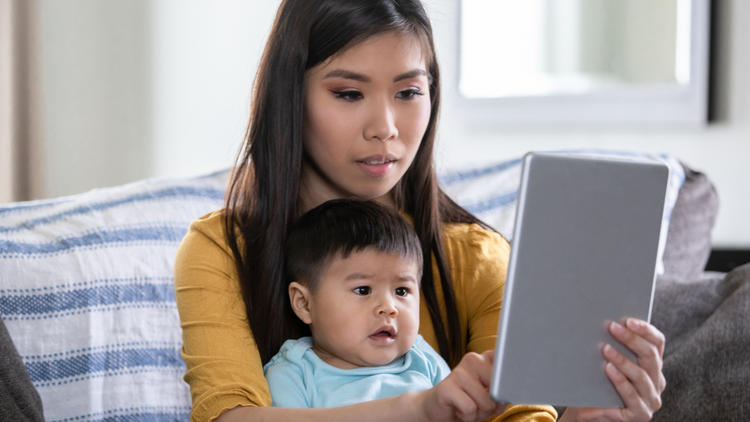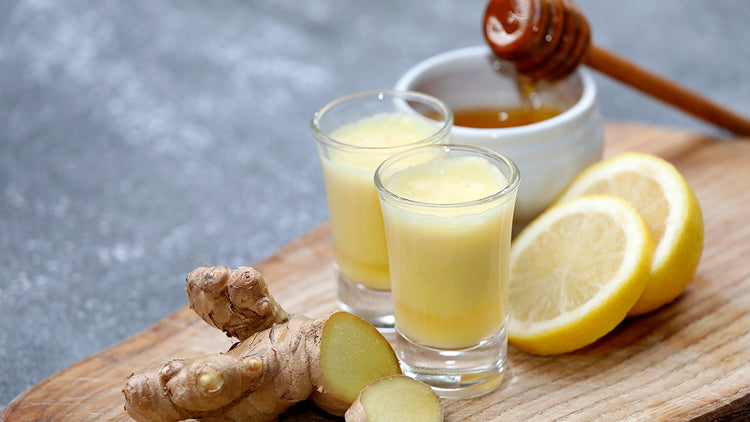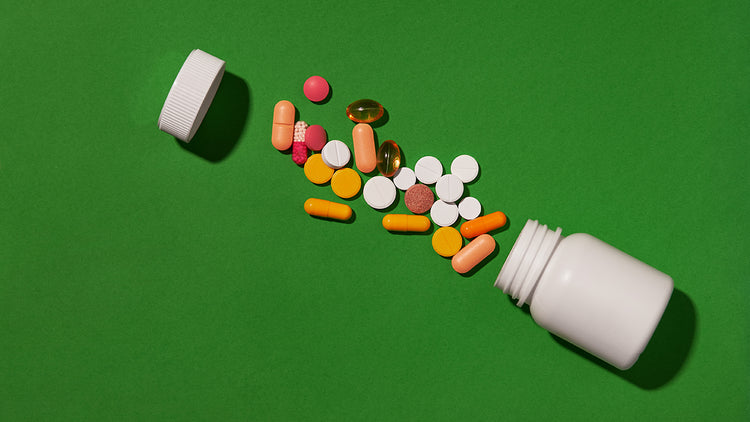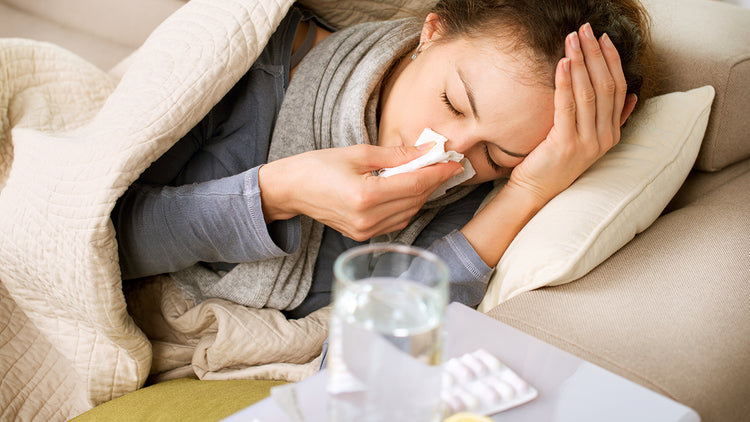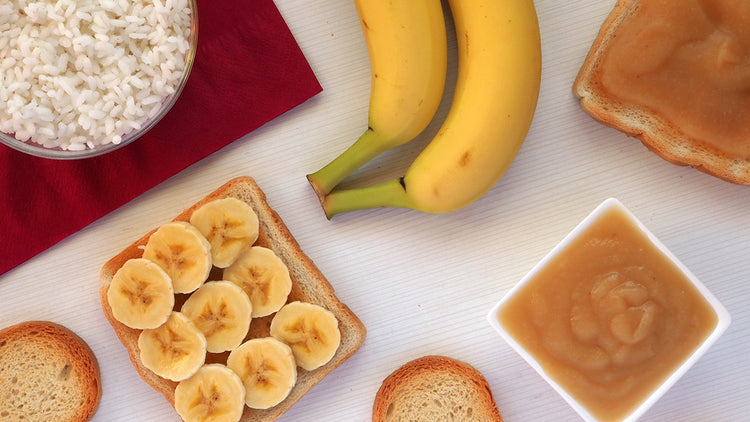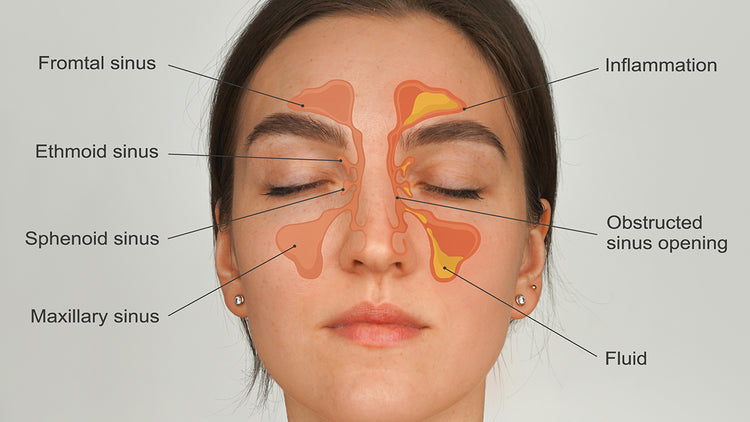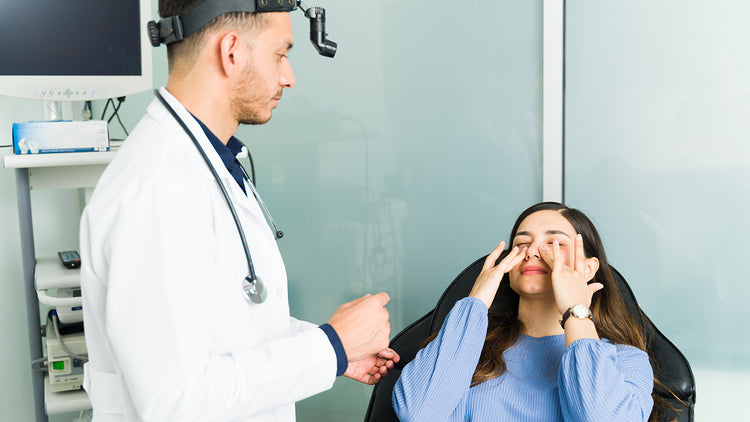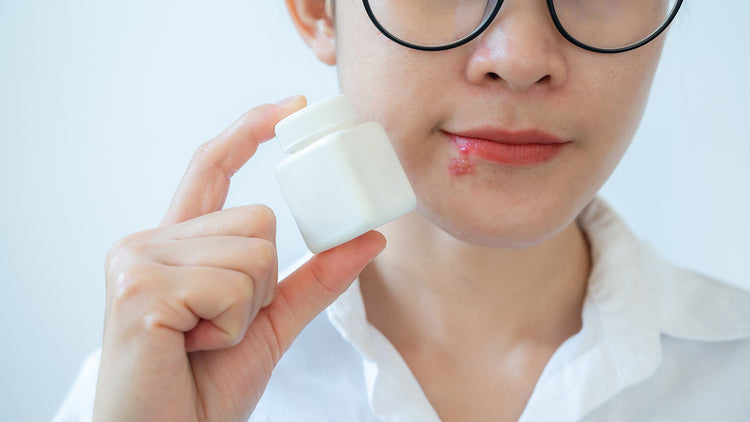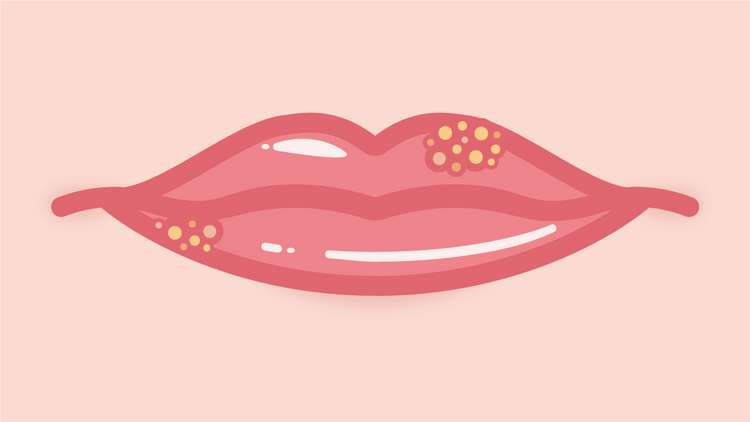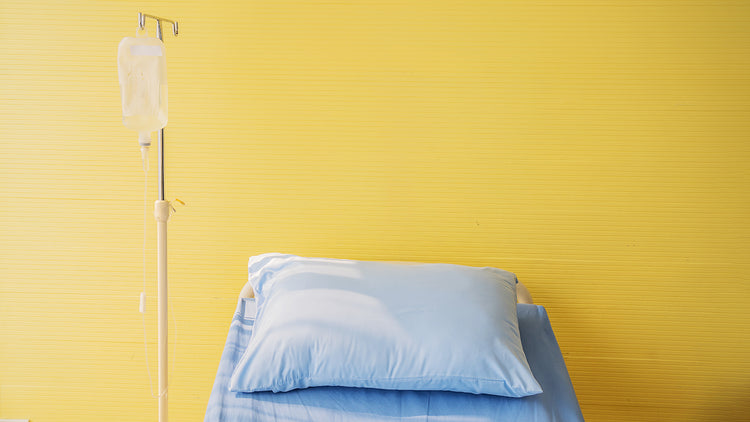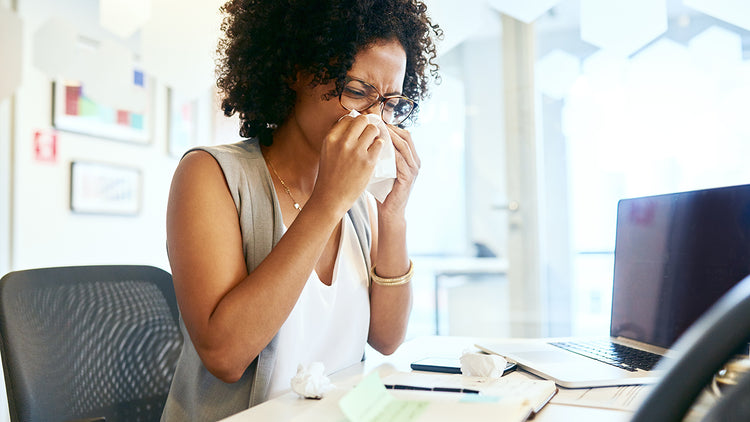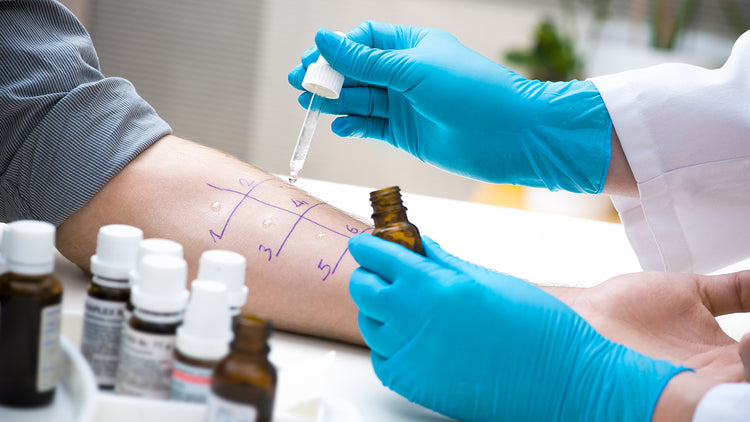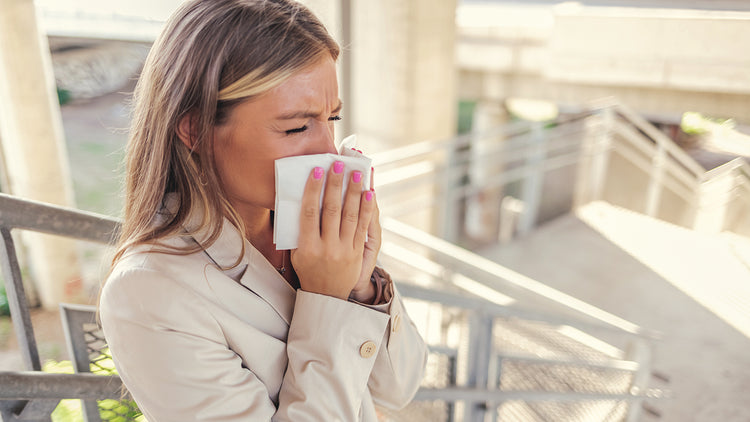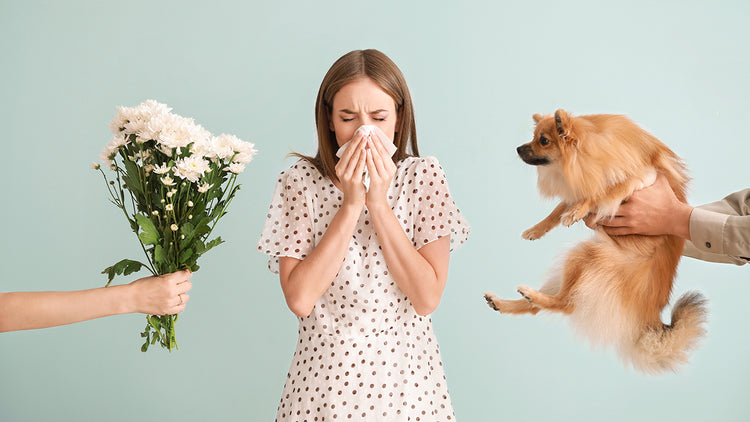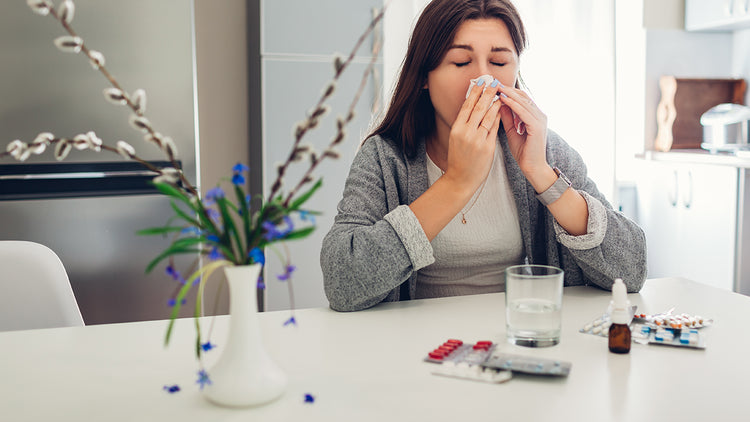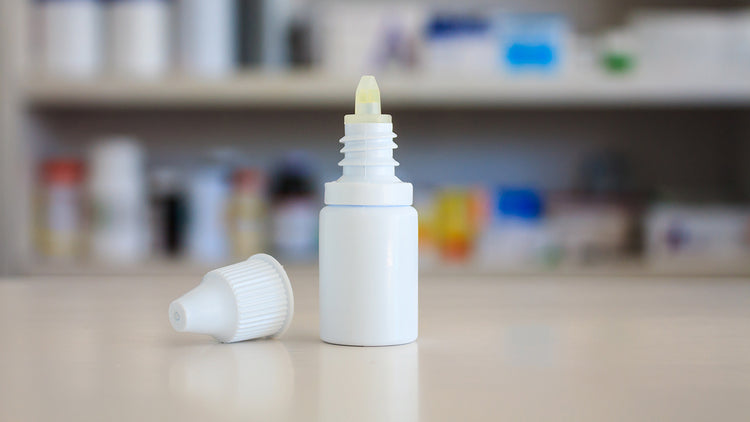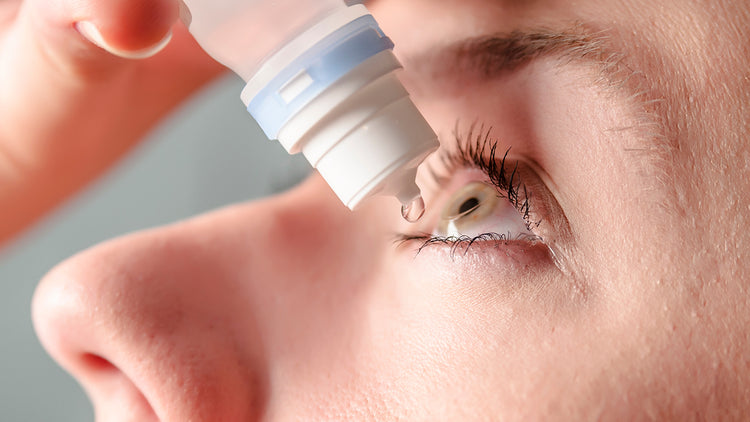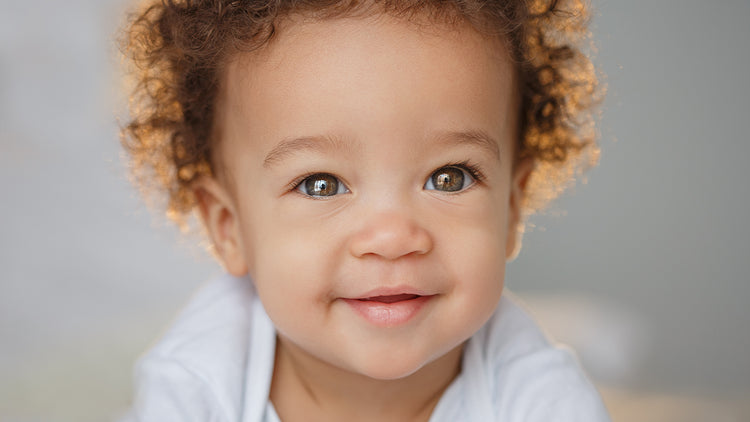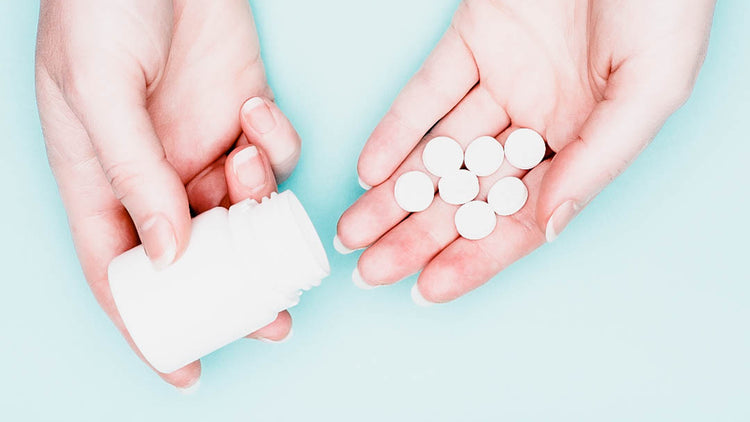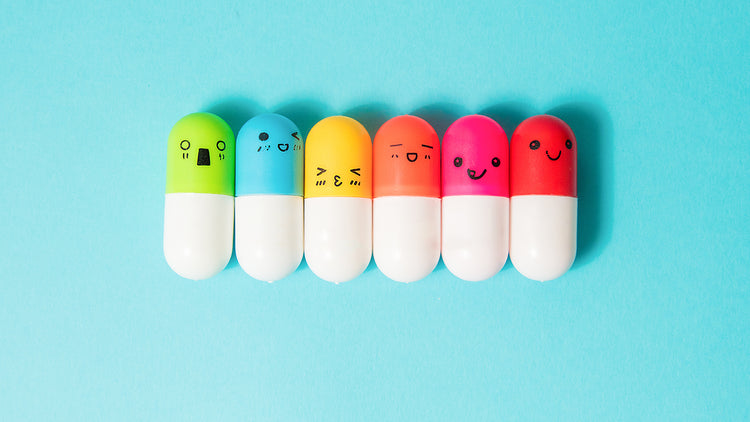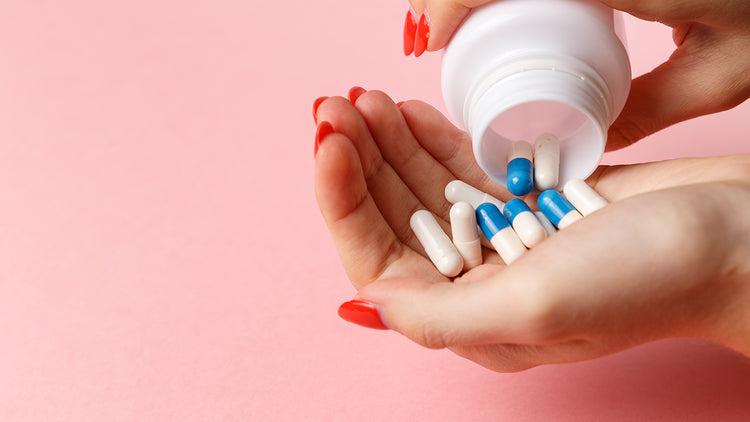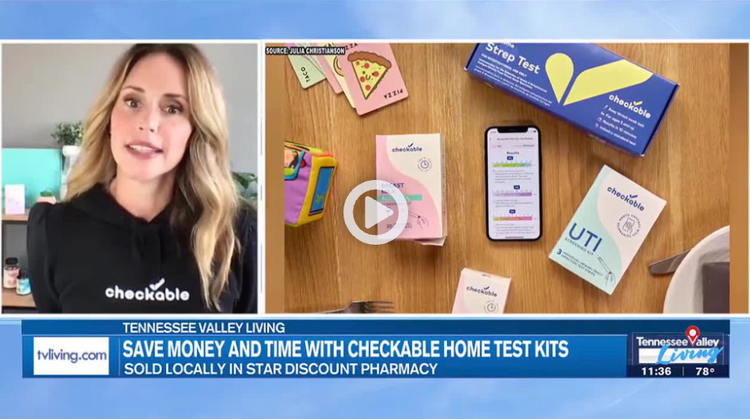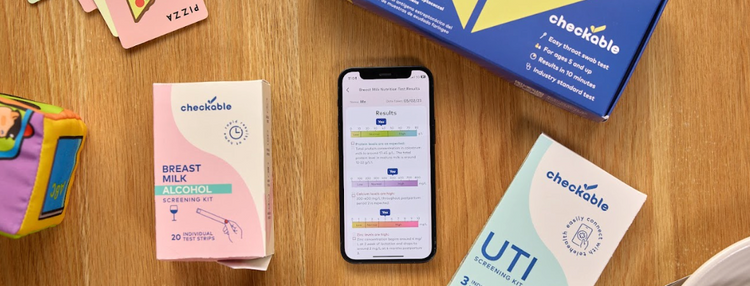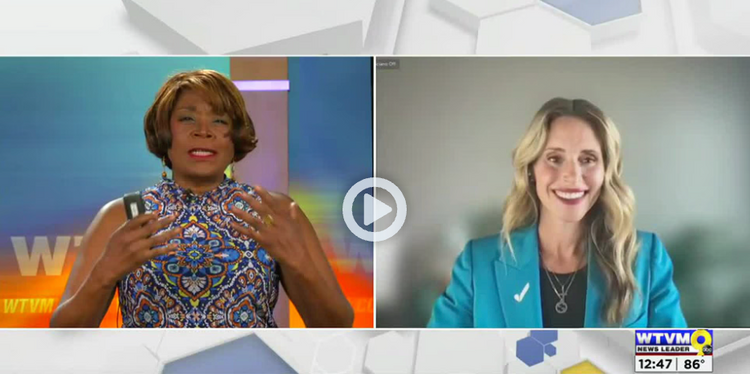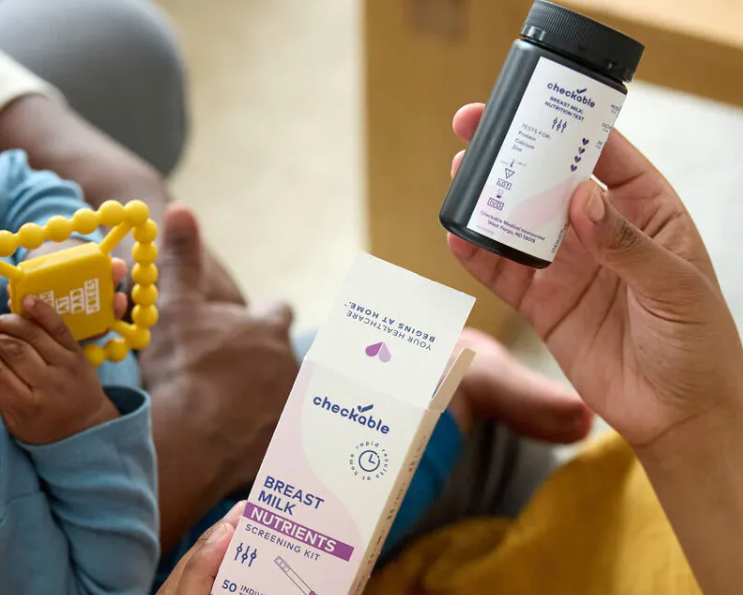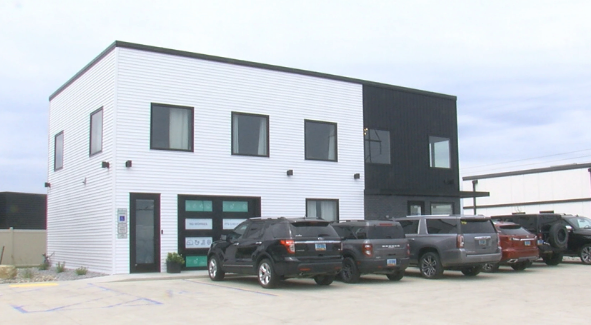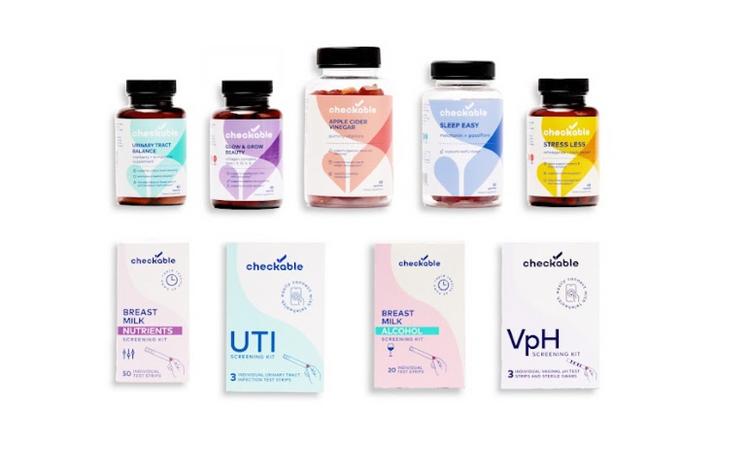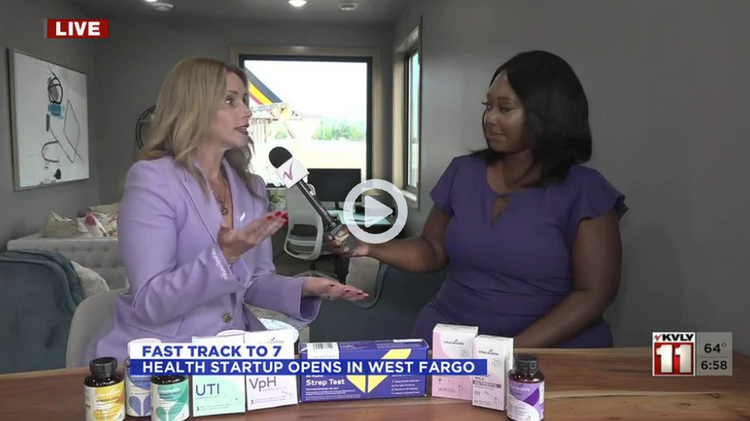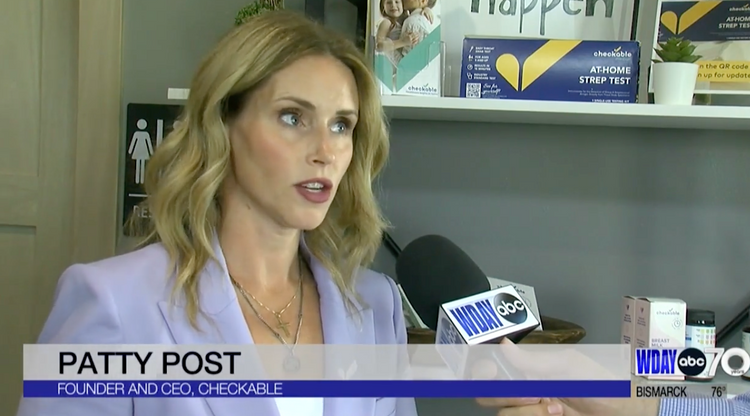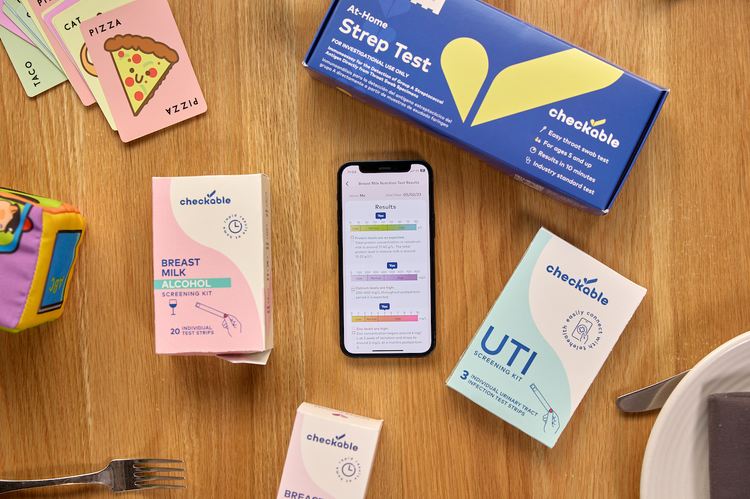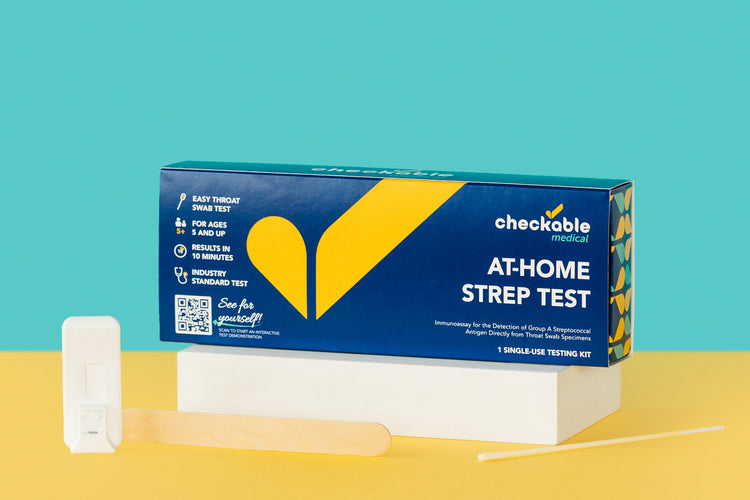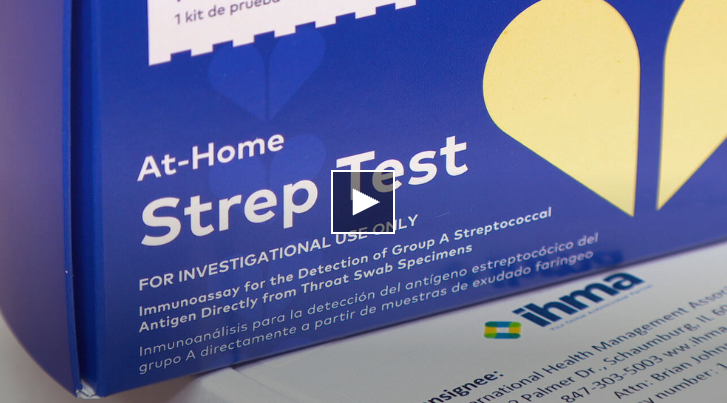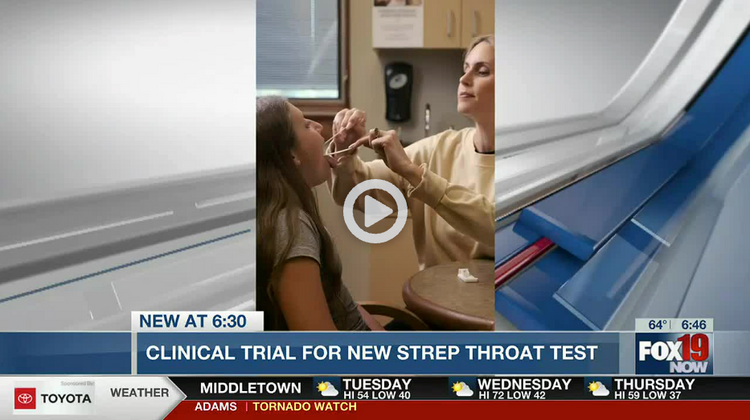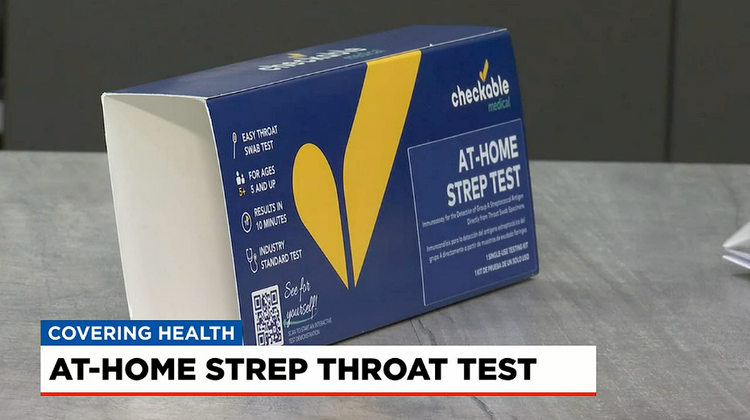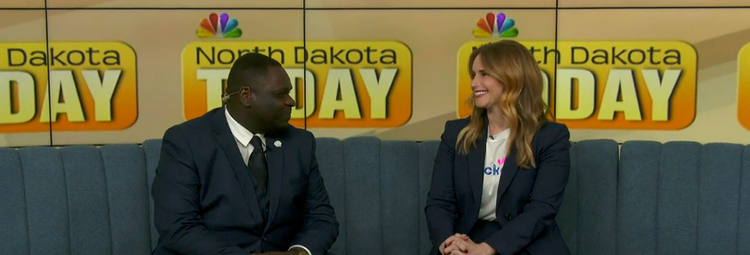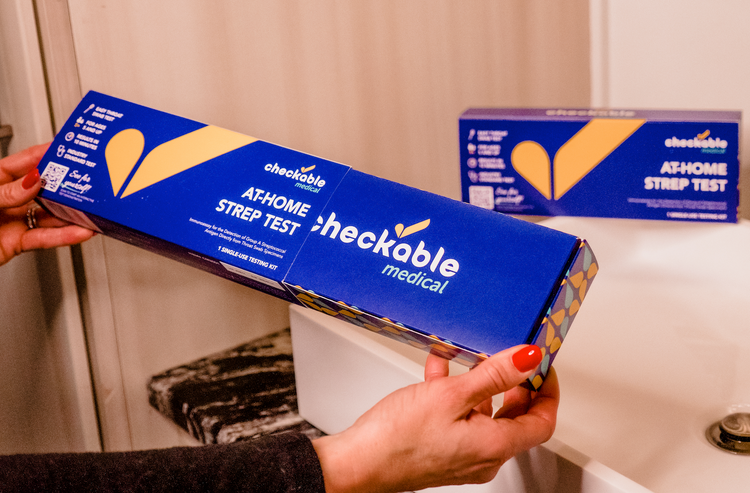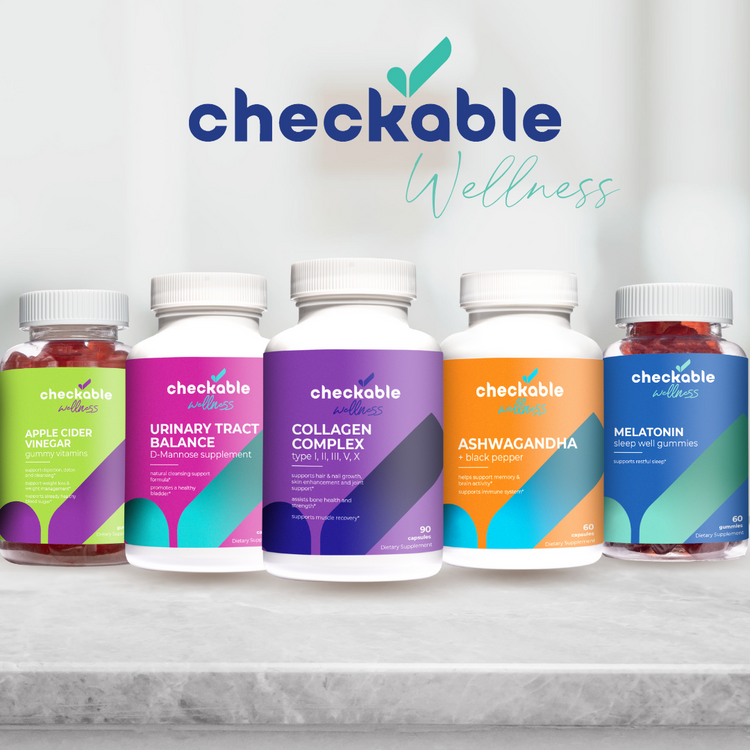
As parents, we’ve all been there; your child says they’re not feeling well, complains of a sore throat, or your baby is acting extra fussy, and as soon as you lay a hand on their hot little forehead, you know. Your thermometer confirms your suspicion; it’s a fever.
What is a fever in kids?
Fever in children is classified as a body temperature over 100.4 degrees Fahrenheit. When taking their temperature, a doctor may ask which type of thermometer was used: in-ear, temporal (forehead scan), or multi-use (this type can be placed under the tongue, armpit, or in the rectum).
Call your primary care physician if your child is:
- Younger than 3 months of age with a temperature of 100.4°F or higher
- Age 3 to 6 months with a temperature up to 102°F and appears very lethargic or irritable (also, if the fever is higher than 102°F, without other symptoms)
- Age 6 to 24 months with a temperature above 102°F, lasting more than a day.
Treatments for fever
Fever is the body’s natural way of fighting off infection, so most times, the fever will need just to run its course. But that doesn’t mean the child needs to be miserable the whole time. Here are a few tried-and-true ways to comfort a child with a fever.
- Tylenol - The most commonly recommended way to bring down a fever is acetaminophen, known by the brand name Tylenol. Follow the dosing instructions on the back of the package, but if your little one is younger than two, you’ll need to consult your pediatrician for the proper dosage.
- Alternate with ibuprofen - if your child is older than six months old, you can alternate giving Tylenol with ibuprofen (Motrin).
- Cool compress - put a cool compress over their forehead and keep the room at a moderate temperature
- Don’t bundle them up - even if they have chills, cover them in just a light sheet or blanket and lightweight, breathable clothing
- Offer plenty of fluids
Preventing dehydration
When your child doesn’t feel well, they may not feel like eating or drinking, but it’s especially important to keep their fluid intake up so they don’t get dehydrated. Fevers cause kids to lose fluids more rapidly than normal and can cause them to get dehydrated more easily. A few ways to sneak in some extra hydration. Avoid sodas and beverages with caffeine, as they can act as a diuretic and add to your child’s dehydration.
- Water
- Popsicles
- Jello
- Electrolyte drinks for kids like Pedialyte
- Fruit juice
- Broth and soup
Things not to do
There may be a few old-wives tales floating around out there on forums and among old-school grandmas about “starving” a fever, putting rubbing alcohol all over their body, trying to cool them down with ice packs, or giving them a cold bath. Don’t do these. A lukewarm bath can be comforting, but everything else can be dangerous. And when in doubt about something you may have heard, check with your pediatrician first.
When to see the doctor
Most times, with a little rest and some TLC, your child will quickly rid themselves of their fever and be back on their feet without too much drama. Most fevers will take them out for a day or two of feeling lethargic and irritable. But fevers can also be serious. Here are some signs you shouldn’t ignore. If you notice these, go see your doctor.
- They’re unresponsive - if you can’t rouse your child, call 911 right away
- Difficulty breathing
- A fever that doesn’t respond to fever-reducing medication
- A fever that is higher than 104°F
- A fever that lasts more than five (5) days
- A widespread rash with fever
Fevers are part of growing up. It means their little immune systems are working hard at fighting off a more serious infection. Most kids bounce back after a few days of rest, but if your child is taking longer to recover or something isn’t feeling quite right, always reach out to your child’s doctor first.
Life is too short to sit in a doctor’s office
Sign up for our weekly newsletter and get valuable healthcare tips and tricks in your inbox!
Sign up now and unsubscribe anytime.
- Choosing a selection results in a full page refresh.
- Press the space key then arrow keys to make a selection.





